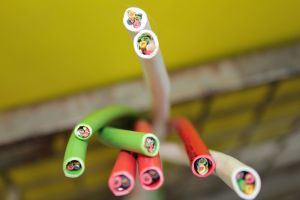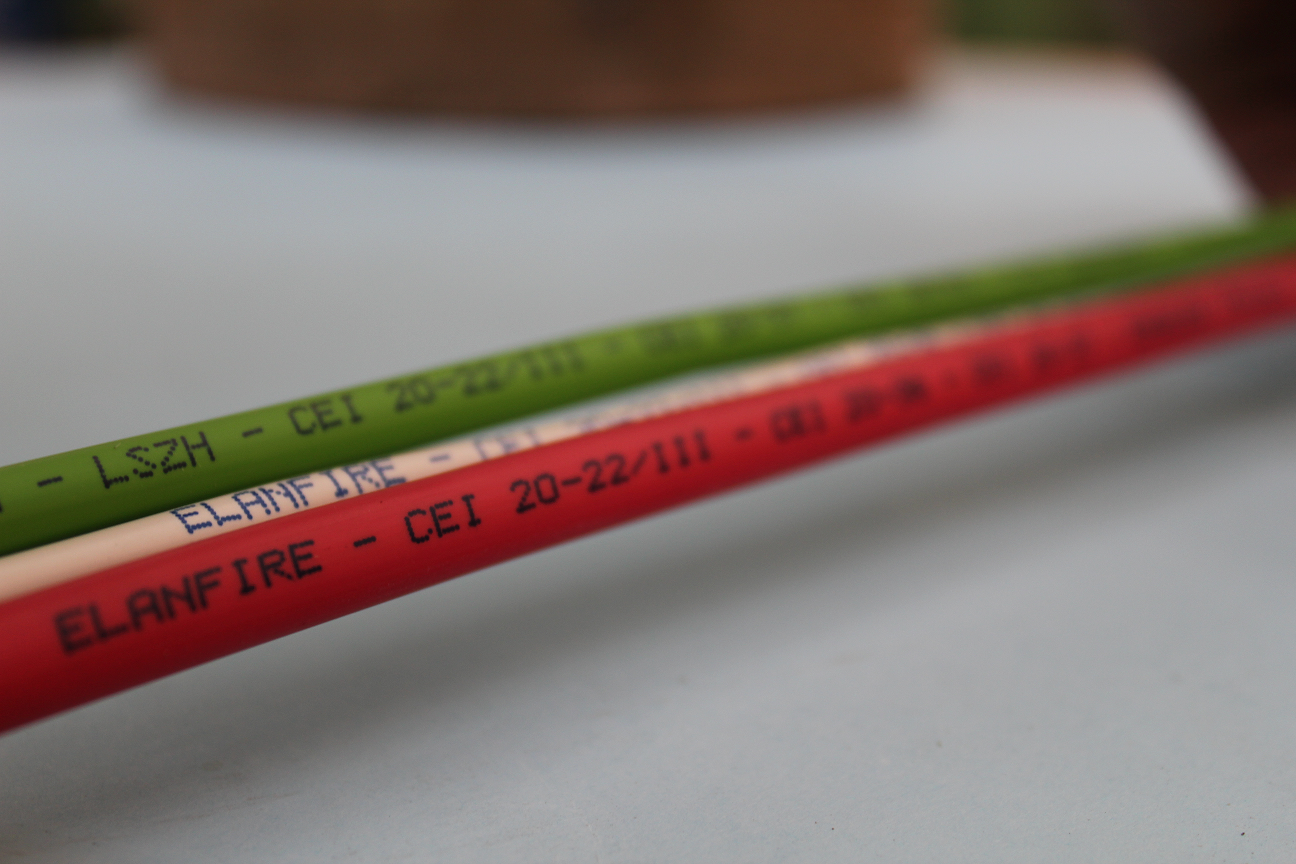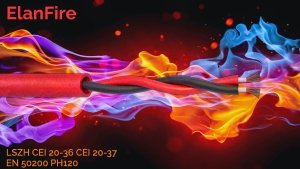For years, lawmakers from across Europe have adopted specific protocols on the fire resistance on cable test. The results on the assessment determine the quality of the cable itself. The main differences between the rules concern the duration of the test, the temperature of the flames and the addition or not of mechanical shock and splashing water.

Let’s have a clear idea on the major international and European standards regarding the resistance on the cable test.
The mother protocol for every subsequent directive is the INTERNATIONAL STANDARDS IEC 60331 -11 and 21-23-25. This test involves exposure of cables (minimum length of 1200mm) to a flame of 750 ° C for a minimum duration of 105 minutes. The cable sample during the test is arranged horizontally on metal rings that guarantee exposure to the fire.
The EUROPEAN STANDARD EN 50200, which refers to international law just described, differs from that for some technical aspects. In this case the cable, in addition to a minimum length of 1200mm and a diameter not less than 20mm, is installed as a “U” and not horizontally. The test is run at a temperature of 850C ° for a duration ranging from 15 minutes to 120 minutes and the cable is exposed to mechanical shock every 5 minutes.
In addition to these regulations every country has issued regulation and other tests in the field of fire resistance. In France we find the NFC 32070 CR1 which provides for the installation of the cable in a metal tube. In Germany there is DIN VDE 0472, very similar to the French standard but with different test durations.
To meet the standards in force, ELAN has made a series of tests in its own Research and Development Centre, aimed at a continuous improvement on insulation and fire prevention materials. The result of this work was the development of a special fire-resistant cable, called ELANFIRE. This cable uses technology mica but without the use of PE or PPE for the insulation of the conductors. For “technology mica“ is meant that the copper is covered with a mica glass ribbon via a machine said taping machine, which wraps the cable with a rotation of 1600 rpm. This means that in case of fire, the two copper wires always remain isolated and do not cause the short circuit.

ELANFIRE conductors are insulated with a special compound LSZH (Low Smoke Zero Halogen) that complies with all the strictest regulations EN50200, guaranteeing zero emission of gases and toxic smoke, an easy stripping and a flame resistance of over 120 ‘.
RD ELAN has tested CABLES ELANFIRE and all gave succesfull guarantees on the following evidence, thus respecting the rules:
- flame-retarding
- fire retardant
- low smoke and toxic gases
- fire resistant
The ELANFIRE cables, all with MICA technology, distinguish between the following types:
- ELANFIRE TW SCH – PH120: ELANFIRE fire cables twisted and shielded, flame resistant according to standard EN50200 – PH120.
- ELANFIRE TW N/SCH – PH120: Fire alarm cables ELANFIRE in rigid PVC, unshielded twisted pairs and flame resistant PH120. It is an external hard shielded cables for laying and gutters.
- ELANFIRE EVAC – CEI9795: Fire cables EVAC fire resistant, with specific retardant for alarm systems.
For more information or for a quote please contact ELAN.

